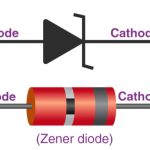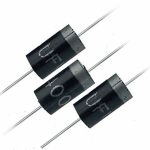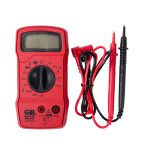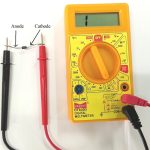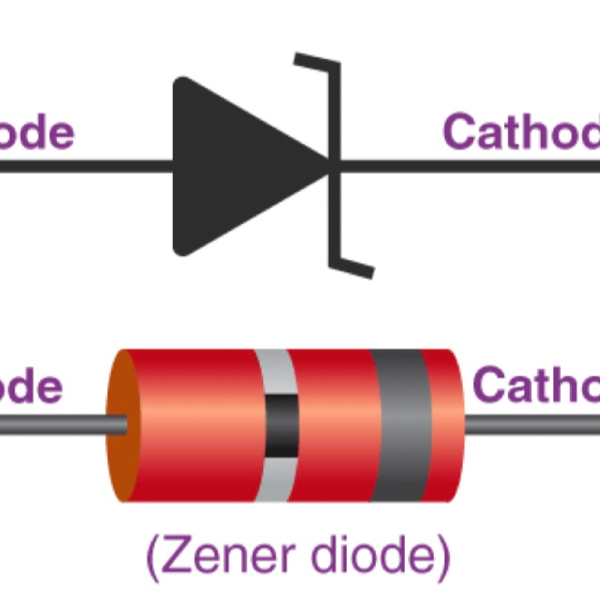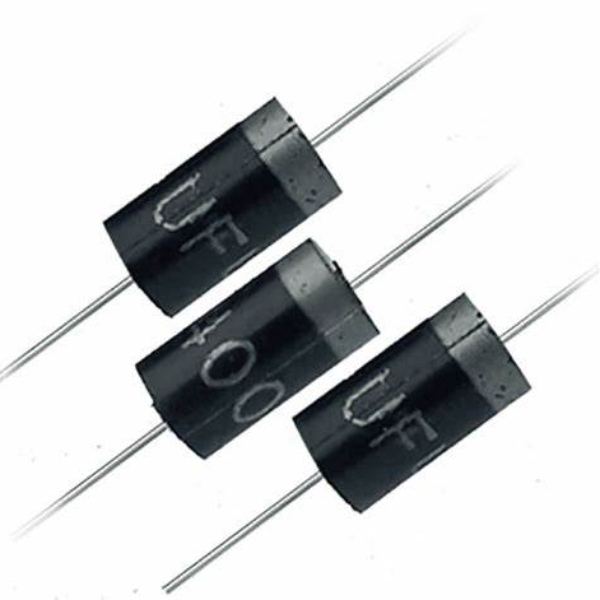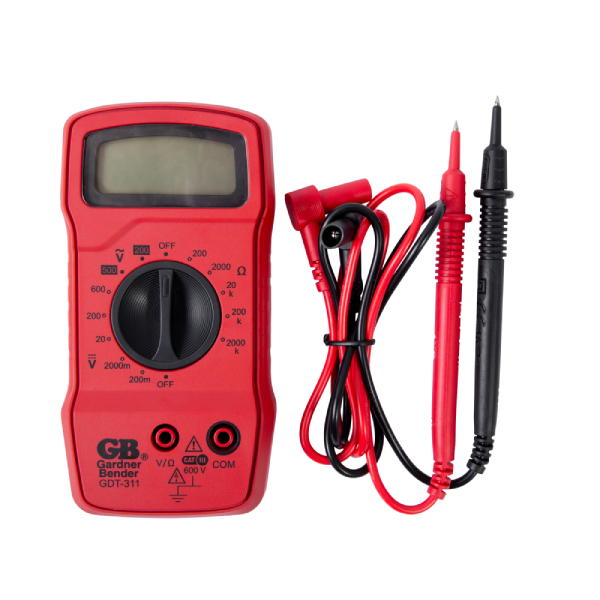 Introduction:
Introduction:
What is the purpose of a resistor in a circuit?
Resistors are fundamental components in electrical circuits, playing a crucial role in regulating current flow and voltage levels. Understanding the purpose of resistors is essential for designing and analyzing circuits in various electronic applications. In this comprehensive guide, we will explore the purpose of resistors in a circuit and their significance in achieving specific electrical characteristics. By understanding how resistors work and their effects on circuit parameters, individuals can effectively utilize resistors in their circuit designs.
 Some common resistor materials and types:
Some common resistor materials and types:
Resistors can be made from different materials and come in various types. Here are some common resistor materials and types:
Carbon Composition Resistor:
These resistors are made from a mixture of carbon particles and a binding material. They are known for their high reliability and tolerance to high temperatures. Carbon composition resistors are often used in applications requiring high surge current handling and wide resistance ranges.
Carbon Film Resistor:
These resistors have a thin carbon film deposited on a ceramic substrate. They provide more precise resistance values and stability compared to carbon composition resistors. Carbon film resistors are commonly used in various electronic circuits.
Metal Film Resistor:
Metal film resistors have a thin metal film (usually made of nickel-chromium or similar alloy) deposited on a ceramic substrate. They offer more accurate and stable resistance values and can provide better noise performance. Metal film resistors are widely used in precision applications and circuits where stability and low noise are critical.
Metal Oxide Film Resistor:
These resistors have a metal oxide film (usually tin oxide) deposited on a ceramic substrate. Metal oxide film resistors exhibit high power ratings and excellent temperature stability. They are commonly used in power electronic circuits and applications where high wattage handling is required.
Wirewound Resistor:
Wirewound resistors are made by winding a resistive wire, usually made of a nickel-chromium alloy, around a ceramic or fiberglass core. These resistors have high power ratings and excellent accuracy, making them suitable for applications where precise and high-wattage resistors are required.
Thick Film Resistor:
Thick film resistors are made by screen printing a resistive paste containing metal oxides on a ceramic substrate. They are cost-effective and offer good stability, making them commonly used in consumer electronic devices like TVs, computers, and audio equipment.
Variable Resistor:
Also known as potentiometers or rheostats, variable resistors have an adjustable resistance that can be changed manually. They are often used for applications requiring variable levels of resistance, such as volume controls or dimmer switches.
These are just a few examples of resistor materials and types. Each type has its own characteristics and specific applications. It’s important to choose the appropriate resistor type based on factors like accuracy requirements, power handling capacity, stability, and cost.
 Current Regulation
Current Regulation
What is the purpose of a resistor in a circuit?
Current Limitation:
The primary purpose of resistors is to limit the flow of electrical current in a circuit.
By introducing resistance, resistors control the amount of current flowing through different circuit elements.
Series Resistance:
Placing a resistor in series with a component limits the amount of current that can pass through that component.
This allows for current regulation and protects sensitive components from excessive current flow.
Voltage Division
Voltage Drop:
Resistors play a crucial role in dividing the total voltage across a circuit into proportionate amounts.
By connecting resistors in series or parallel, specific voltage levels can be obtained at various points in the circuit.
Voltage Regulation:
By adjusting the resistance value, resistors can help regulate the voltage across a specific circuit element.
This is particularly useful when components have voltage limitations or require specific voltage levels for operation.
 Impedance Matching
Impedance Matching
Load Matching:
Resistors are often used to match the impedance of different circuit components.
This is important for efficient power transfer and preventing signal reflections.
Termination:
Resistors are used as terminations to prevent signal reflections in high-frequency applications.
By terminating the circuit properly, unwanted reflections are minimized, ensuring accurate signal transmission.
Signal Conditioning
Signal Attenuation:
Resistors can be used to attenuate electrical signals, reducing their amplitude or intensity.
This is commonly used in audio systems, communication circuits, and signal processing applications.
Biasing:
Resistors are used in biasing circuits to establish a specific voltage or current reference.
This is critical for achieving stable and desired operating conditions in amplifiers, transistors, and operational amplifiers.
Temperature Sensing and Current Sensing
Temperature Measurement:
Certain types of resistors, such as thermistors, are specifically designed to change resistance with variations in temperature.
These resistors are used in temperature sensing applications like thermostats or temperature controllers.
Current Sensing:
Resistors with known resistance values are used as current sensing elements to measure the current flowing through a circuit.
This is often employed in power management circuits and feedback control systems.
 Measure the resistance of a resistor:
Measure the resistance of a resistor:
To measure the resistance of a resistor, you can follow these steps:
Turn off the power:
Before measuring the resistance, ensure that the circuit is powered off to avoid any potential electrical hazards.
Set the multimeter:
Set your multimeter to the resistance (Ω) mode. If your multimeter has multiple resistance ranges, select a range that is higher than the expected resistance value of the resistor.
Connect the probes:
Take the two probes of the multimeter, typically colored red and black. Connect the red probe to one lead of the resistor and the black probe to the other lead.
Read the measurement:
Once the probes are connected, the resistance reading will be displayed on the multimeter. Wait for the reading to stabilize, as resistance values may vary initially due to capacitance effects.
Interpret the reading:
The displayed resistance value is the measured resistance of the resistor. Compare the value to the expected or specified resistance given by the resistor’s color code, manufacturer, or datasheet to ensure its accuracy.
Repeat if necessary:
If you are getting an unexpected or inconsistent reading, double-check the connections, and make sure the resistor is isolated from any other components. If needed, repeat the measurement process to confirm the resistance value.
Remember that resistors may have tolerance values, and the measured resistance value may slightly differ from the specified resistance. However, it should generally be within the acceptable tolerance range.
If you are measuring a resistor in a circuit, make sure it is disconnected from the power source to avoid interference from other components. Additionally, always handle resistors with care to prevent damage or change in their resistance value.
Refer to the resistor’s color code, datasheet, or manufacturer’s specifications for accurate measurements and proper usage.
 Conclusion:
Conclusion:
What is the purpose of a resistor in a circuit?
The purpose of resistors in a circuit encompasses current regulation, voltage division, impedance matching, signal conditioning, temperature sensing, and current sensing. By understanding these fundamental functions, individuals can effectively design and analyze electrical circuits for various applications. Resistors play a critical role in managing current flow and voltage levels, ensuring proper operation and protection of circuit components. What is the purpose of a resistor in a circuit? With the comprehensive information provided in this guide, individuals can confidently select and incorporate resistors into their circuit designs, optimizing the performance and functionality of their electronic systems. Appreciate the significance of resistors in circuitry and harness their capabilities to achieve desired electrical characteristics.
